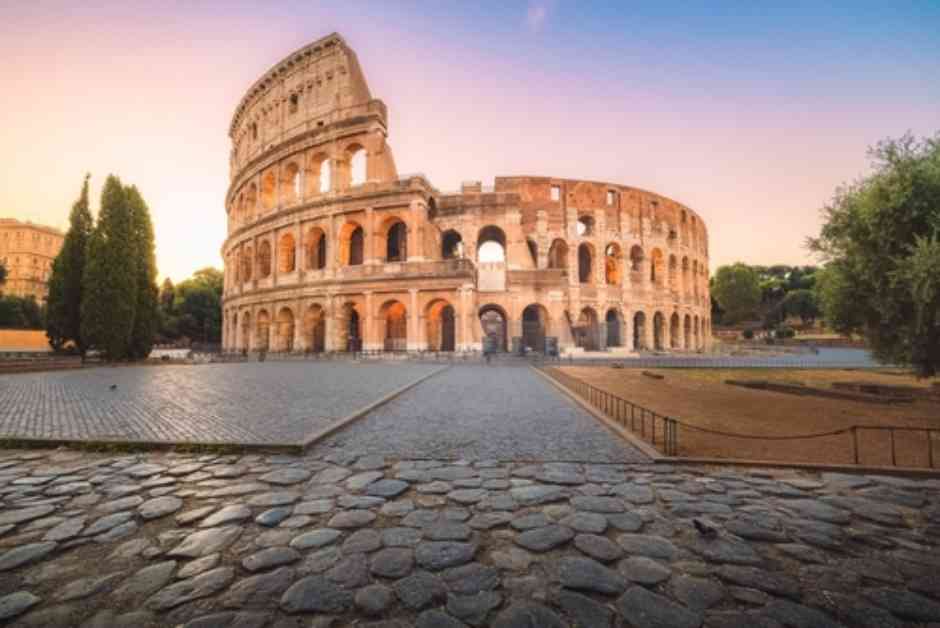Civilizations come and go, leaving behind layers of history for archaeologists to uncover. Pompeii is a well-known example, destroyed by the eruption of Mount Vesuvius in 79 A.D. Underneath the ruins of Pompeii, there lies evidence of an early Iron Age society that existed before the Romans took over the city. The Romans transformed Pompeii into a thriving city, leaving their mark on its architecture and culture.
In Jerusalem, the Temple Mount is a prime example of archaeological layers. With over 30 centuries of recorded history, the site has seen the rise and fall of different civilizations. The Ophel Archaeological Garden, located in the southeast corner of the Temple Mount, holds the remains of the Temple of Jerusalem, which was destroyed by the Romans in the 9th century. The Tower of David also showcases structures from various periods in history, including those built by King Herod and the Romans.
Florence is another city with a rich history, as evidenced by the layers of archaeology found in its structures. The Duomo, Florence’s most famous site, was built over the ancient basilica of Santa Reparata, dating back to the Early Middle Ages. Beneath the Palazzo Vecchio lies the remains of Florence’s Ancient Roman Theater, a testament to the city’s vibrant cultural past.
Notre-Dame de Paris, one of the world’s most famous cathedrals, has a history that predates its construction in 1345. The site was once inhabited by the Gallo-Roman town of Lutetia, developed during the reign of Augustus. The Île de la Cité, where the cathedral stands, was fortified in 308 A.D. to defend against barbarian invasions. Construction of Notre-Dame de Paris began in the Middle Ages, adding another layer to the site’s rich history.
Rome, with its deep layers of history, showcases the evolution of civilizations from ancient times to the Renaissance. Structures like the Pantheon and Colosseum have stood the test of time, rebuilt and renovated over the centuries. The Tabularium, an ancient office of record-keeping in Rome, now houses the modern-day city hall, Palazzo Senatorio, reflecting the city’s continuous transformation.
These ancient sites tell the story of civilizations that have risen and fallen over the centuries, leaving behind a legacy of history for archaeologists and historians to uncover. Each layer of archaeology adds to our understanding of the past, shedding light on the cultures and societies that once thrived in these lost cities.






